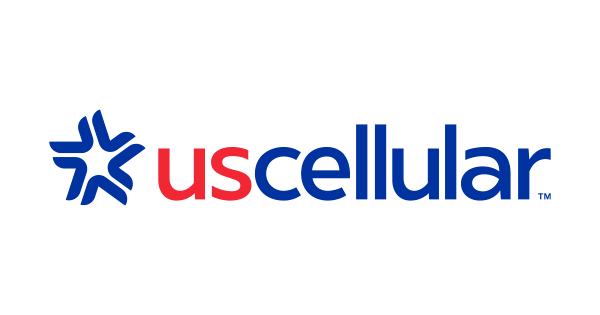
$272M in federal funding to bridge the digital divide in Maine
By Brandi McCune
High-speed internet is essential for home, business, and agricultural needs, but estimates show that there are more than 94,000 unserved and underserved locations across Maine. The good news is that Maine was just allocated $271,977,723 in funding from the National Telecommunications and Information Administration’s Broadband Equity Access and Deployment program to expand broadband internet to areas across the state.
Maine officials now have important decisions to make about how that funding will be used to ensure all locations get connected to reliable and fast broadband. UScellular has dedicated the last 40 years to bringing connectivity to those who are topographically, financially, and technically most difficult to cover. The most important lesson that we have learned is a mix of technologies is required.
There are parts of Maine where fiber will be the right solution, mainly in urban areas where the infrastructure and terrain make it easy and affordable to install. In many rural areas, 5G fixed wireless, using cellular technology to provide both home broadband and mobile connectivity, is best because one cell site can serve multiple locations without having to dig up long distances to avoid crop fields or hanging aerial fiber on unevenly spread poles over rocky terrain.
Importantly, these decisions aren’t an either/or between wireline or wireless, fiber or 5G FWA, urban or rural. When considering how to connect Maine residents, we all must think in terms of “and” instead of “or.” We urge state officials to keep open the option to use all available, reliable
solutions to get Maine connected as they take advantage of its allocated BEAD funding.
Brandi McCune is director of sales & operations for UScellular in Maine